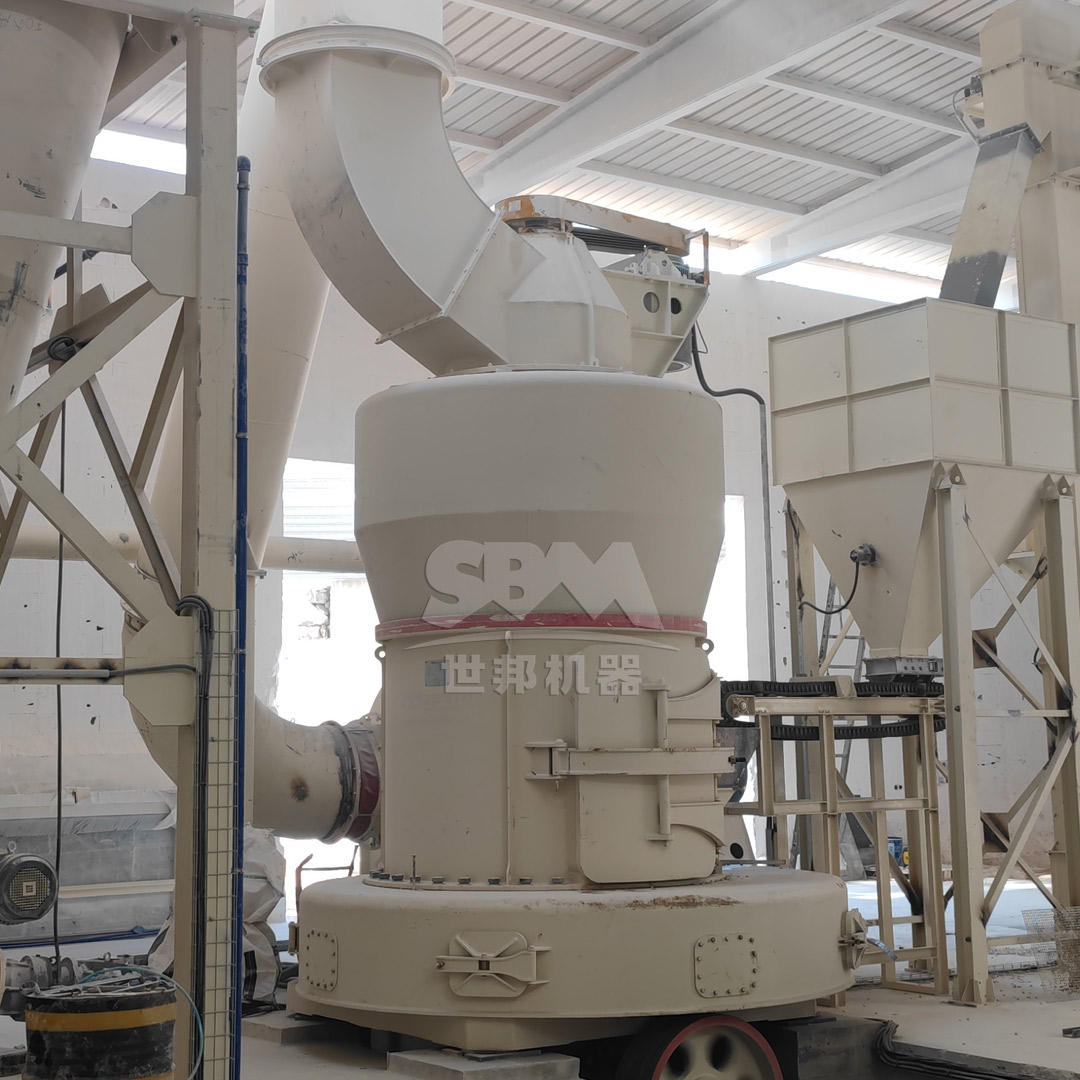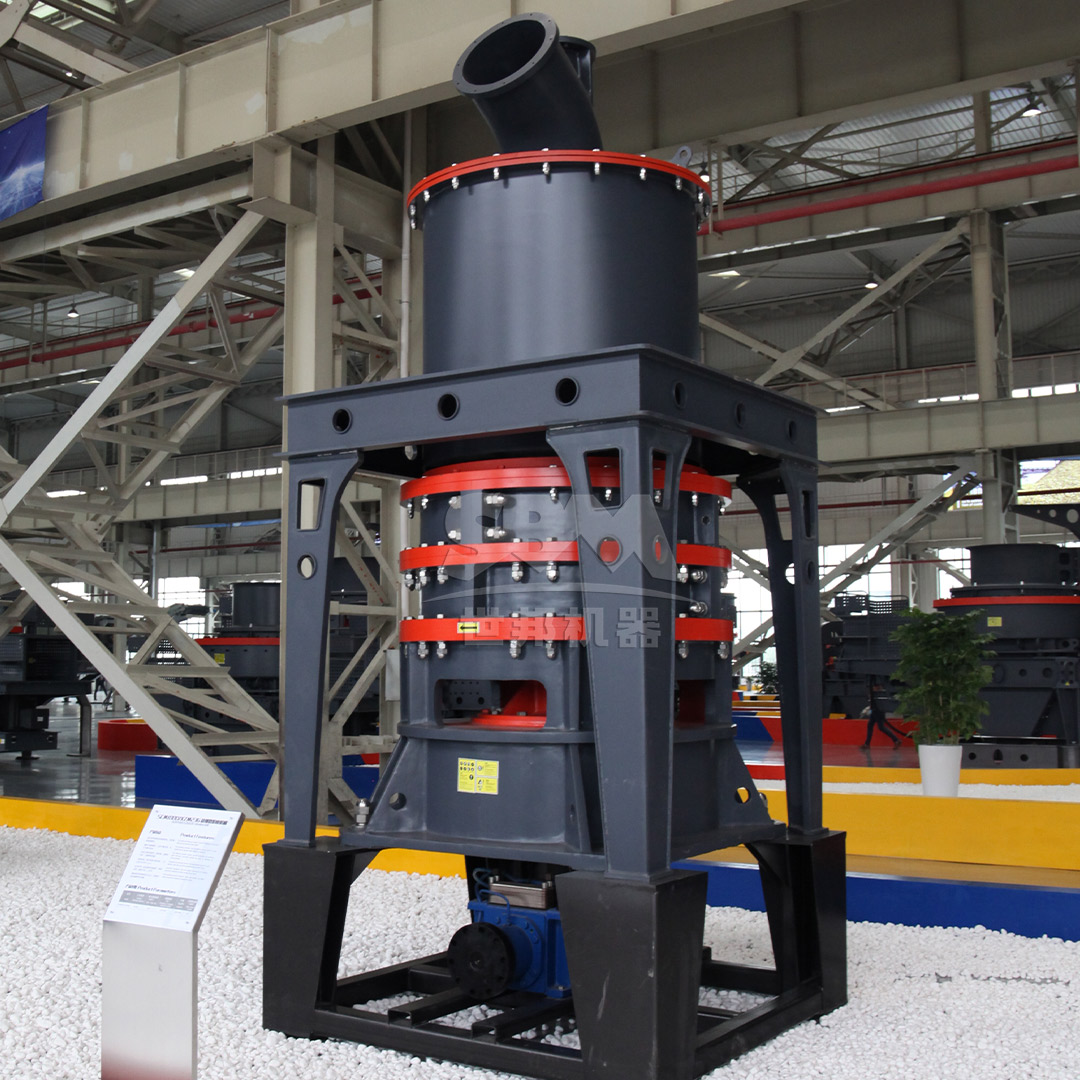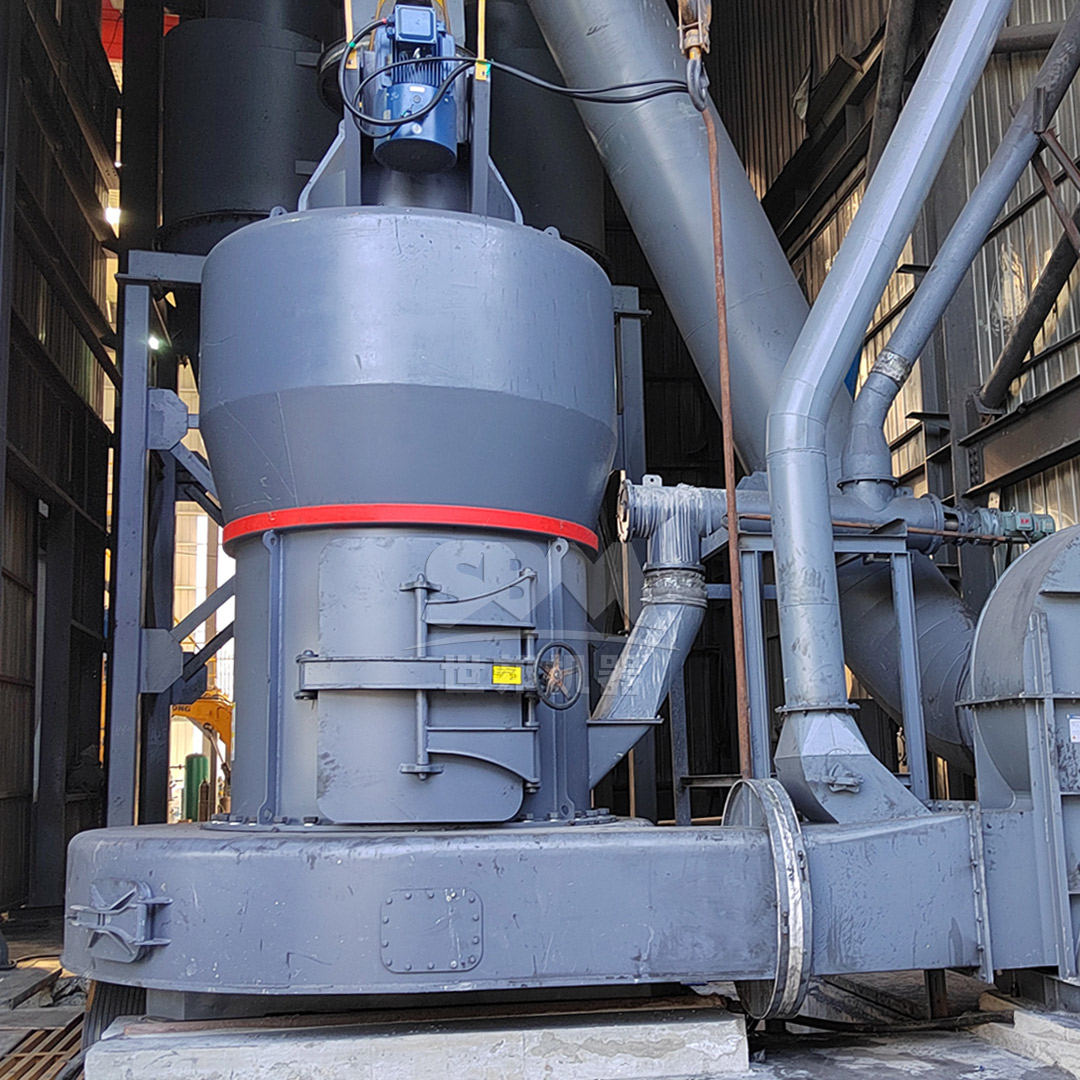September 20, 2025
The Critical Role of High Purity Quartz in Semiconductor Manufacturing
The relentless advancement of semiconductor technology, driven by Moore’s Law, demands materials of exceptional purity and precision. High Purity Quartz (HPQ) sand is the fundamental raw material for producing crucibles, quartz glass tubes, and various other components used in silicon wafer manufacturing. The performance and yield of integrated circuits are directly influenced by the quality of these quartz products, which in turn is contingent on the purity and particle size distribution of the initial silica powder. Any metallic contamination or inconsistent particle size can lead to defects, reducing chip yields and compromising device reliability. Therefore, the grinding process that transforms raw HPQ lumps into fine, consistent, and ultra-clean powder is not merely a mechanical operation but a critical purification and precision engineering step.
Stringent Requirements for Semiconductor Grade Silica Powder
Producing silica powder for semiconductor applications goes far beyond achieving a simple fine grind. The specifications are extraordinarily stringent, encompassing chemical, physical, and morphological properties.
Chemical Purity
- Total Metallic Impurities: Often required to be less than 20-30 ppm, with specific elements like Na, K, Li, Fe, and Cu at sub-ppm levels.
- No Contamination: The grinding mill must be constructed of materials that do not introduce any contaminants. This often requires liners and grinding elements made from high-purity ceramics, polyurethane, or specialized wear-resistant alloys with low ion release rates.
Physical Properties
- Precise Particle Size Distribution (PSD): A tight, controlled PSD is crucial. The target is often a D97 value below 5-10 microns (2500-1250 mesh) with no oversized particles that could cause inconsistencies in subsequent processing.
- Particle Morphology: The shape of the particles can affect packing density and flow characteristics. An ideal mill produces particles with minimal internal cracks and a consistent shape.
- Surface Chemistry: The grinding process should not alter the surface chemistry of the quartz particles in a way that makes them reactive or difficult to handle.

Challenges in Grinding High Purity Quartz
Traditional grinding methods are often unsuitable for HPQ due to several inherent challenges:
- Contamination: Steel-on-steel contact in conventional ball mills or roller mills can introduce significant iron and other metal contaminants, rendering the batch useless for semiconductor applications.
- Heat Generation: High-energy grinding can generate localized heat, potentially causing phase changes in quartz or activating surface sites, leading to increased reactivity.
- Control and Consistency: Achieving and maintaining a consistent sub-5-micron D97 fineness with a narrow distribution is technically demanding and requires advanced classification technology.
- Efficiency: Grinding quartz, a very hard and abrasive material, to micron-level fineness is energy-intensive. Inefficient processes lead to high operational costs.
Advanced Grinding Mill Technology for HPQ Processing
To meet these challenges, modern grinding systems employ a combination of specialized mechanical designs, high-wear-resistant materials, and integrated precision air classification.
Key Technological Features
- Contamination-Free Design: Utilization of ceramic, zirconia, or polymer-lined grinding chambers and components. Where metal contact is unavoidable, specialized nickel-chromium alloys or stainless steels with exceptional wear and corrosion resistance are used.
- Efficient Grinding Mechanisms: Technologies like roller grinding against a ring or bed of material (roller mills) or impact grinding (classifier mills) are preferred as they can be designed for low contamination and offer good energy efficiency.
- Integrated Precision Air Classification: A high-efficiency, forced vortex air classifier is integral to the system. It ensures that only particles that meet the target fineness exit the mill, while oversize material is continuously recirculated for further grinding. This is essential for achieving the tight PSD required.
- Temperature Control: Systems often incorporate cooling mechanisms, such as jacketed chambers or cooled grinding heads, to manage heat generated during the process.
- Closed-Loop and Automated Systems: Fully enclosed negative-pressure operation prevents dust escape and protects the product from environmental contamination. PLC-based automation ensures consistent operation and allows for precise recipe control.

Recommended Mill for Semiconductor Grade Silica: SCM Ultrafine Mill
For the production of the finest semiconductor-grade silica powders, where achieving a D97 of 5μm (2500 mesh) is paramount, our SCM Ultrafine Mill series represents the optimal solution. This mill is engineered from the ground up for applications demanding the highest levels of fineness and purity.
Why the SCM Ultrafine Mill is Ideal for HPQ:
- Exceptional Fineness: It is specifically designed to produce powder in the range of 325-2500 mesh (45-5μm), directly meeting the stringent size requirements for advanced semiconductor applications.
- Superior Purity: The mill features a unique “no-bolt, no-bearing” grinding cavity design. Critical components like roller shafts and the base are machined from a single casting, eliminating bolts that could loosen and cause metal-to-metal contact. Special wear-resistant materials for the grinding roller and ring significantly reduce metallic contamination.
- High-Precision Classification: Equipped with a vertically mounted turbo-classifier, the SCM mill provides extremely precise cut-point control, ensuring a uniform product with no coarse particles. The classifier speed is adjustable, allowing for easy and accurate fineness tuning.
- Energy Efficiency: Compared to traditional jet mills, the SCM offers approximately twice the capacity with 30% lower energy consumption, dramatically reducing operating costs for a highly energy-intensive process.
- Environmental Control: A high-efficiency pulse dust collector ensures emissions are well below international standards, while soundproofing keeps operational noise below 75 dB, creating a clean and safe working environment.
| Model |
Handling Capacity (ton/h) |
Main Motor Power (kW) |
Feed Size (mm) |
Final Fineness (mesh) |
| SCM800 |
0.5-4.5 |
75 |
≤20 |
325-2500 |
| SCM900 |
0.8-6.5 |
90 |
≤20 |
325-2500 |
| SCM1000 |
1.0-8.5 |
132 |
≤20 |
325-2500 |
| SCM1250 |
2.5-14 |
185 |
≤20 |
325-2500 |
| SCM1680 |
5.0-25 |
315 |
≤20 |
325-2500 |
A Robust Alternative for Coarser Grades: MTW Series Trapezium Mill
For applications requiring high-purity silica powder in a slightly coarser range (e.g., 30-325 mesh or 600-45μm), such as for some quartz ceramics or preliminary processing stages, our MTW Series Trapezium Mill offers a robust and highly efficient solution. It combines large capacity with advanced features that protect product purity.
Key Advantages of the MTW Mill for HPQ:
- High Capacity and Efficiency: With handling capacities up to 45 tons/hour, it is ideal for large-scale production. Its innovative curved air duct and overall drive system minimize energy loss and improve transmission efficiency.
- Reduced Contamination & Maintenance: The wear-resistant volute structure and modular design of wear parts like shovel blades reduce the frequency of maintenance interventions, thereby lowering the risk of contamination from part changes. Durable materials extend the service life of grinding components.
- Reliable Performance: The bevel gear overall transmission is compact, efficient (98% transmission rate), and ensures stable, reliable operation crucial for continuous processing lines.
Auxiliary Systems and Process Considerations
The mill itself is the heart of the process, but producing semiconductor-grade powder requires a holistic approach encompassing the entire production line.
Feeding and Pre-Screening
Raw HPQ feedstock should be pre-crushed and screened to ensure a consistent and optimal feed size for the grinding mill, preventing blockages and ensuring efficient operation.
Material Handling and Packaging
Once ground, the ultra-fine powder must be handled in a way that prevents re-agglomeration and contamination. This often involves pneumatic conveying systems with dedicated filters and packaging in certified, clean containers within a controlled environment.
Quality Control
Rigorous and continuous QC is non-negotiable. This includes:
- Laser diffraction particle size analyzers for continuous PSD monitoring.
- Inductively Coupled Plasma Mass Spectrometry (ICP-MS) for trace metal analysis.
- Scanning Electron Microscopy (SEM) for particle morphology analysis.

Conclusion
The production of high-purity quartz powder for the semiconductor industry is a sophisticated and critical process that demands more than just a standard grinding mill. It requires a technologically advanced system engineered for minimal contamination, precise particle size control, energy efficiency, and operational reliability. Our SCM Ultrafine Mill, capable of achieving D97 ≤ 5μm, stands as the premier choice for the most demanding semiconductor applications. For high-volume production of slightly coarser yet still high-purity grades, the MTW Series Trapezium Mill provides an unbeatable combination of capacity, efficiency, and durability. Selecting the right grinding technology is a fundamental step in ensuring the quality, performance, and yield of the semiconductor components that power modern technology.
![]()

